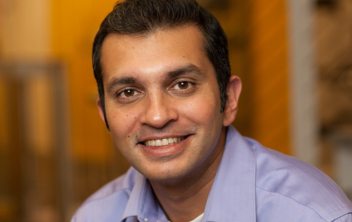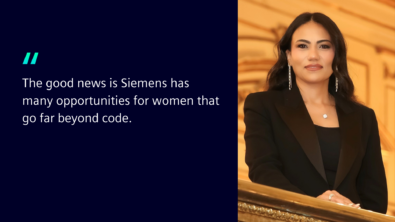Joe Bohman
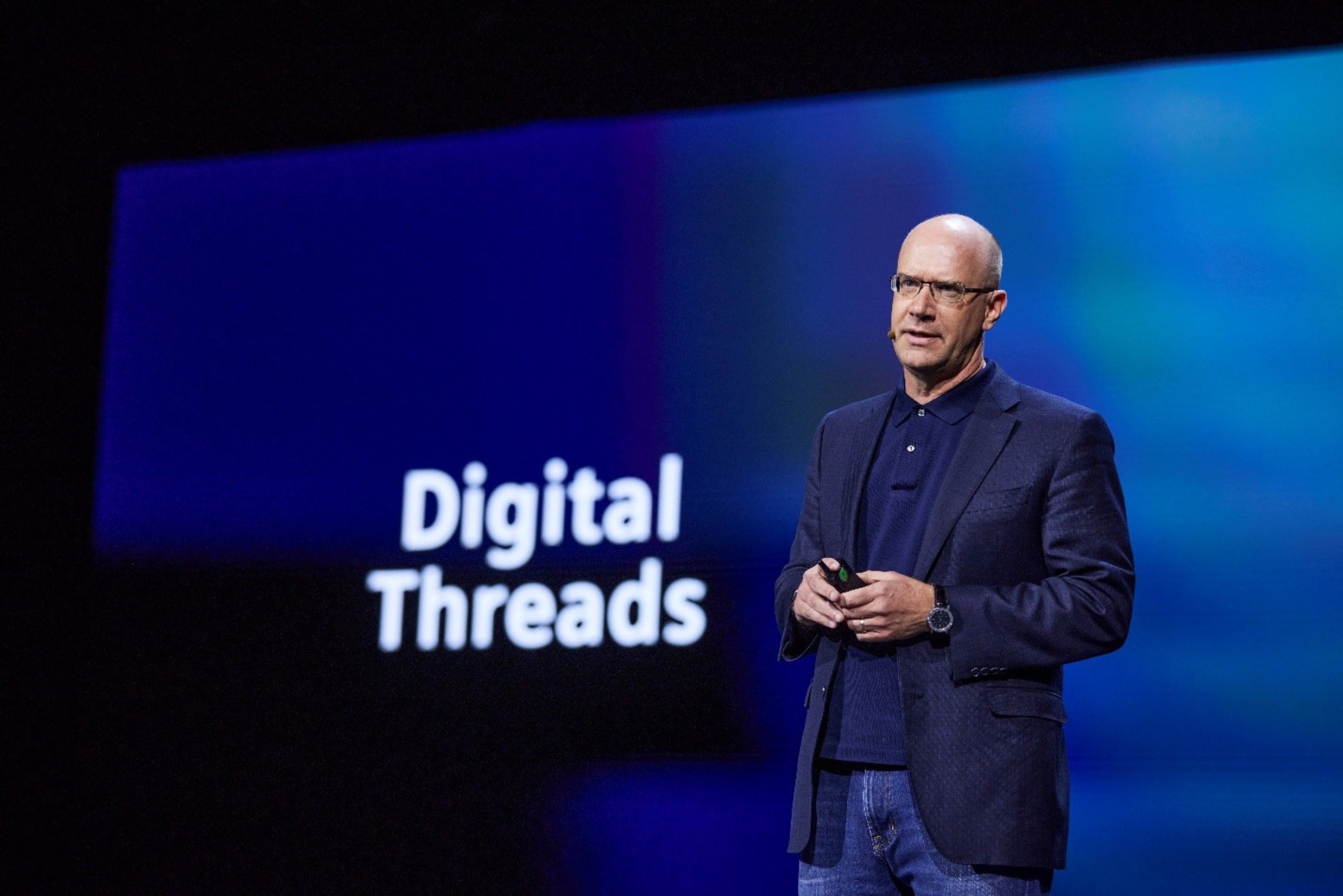
Joe Bohman is Executive Vice President of PLM products, a significant chunk of the Siemens software portfolio that includes design and manufacturing solutions used across nearly any industry you might name. He’s had a three-decade career at Siemens, always involved in building new products and code. This interest was apparent as far back as high school in Cincinnati, when, for fun, he tinkered with a Commodore PET in the computer lab to create a math program that could best a TI scientific calculator limit, one well-known to math aficionados everywhere. (Hint: if you have an old TI calculator from that era, play with the factorial function and see what happens when you go beyond 69!) Chat with Bohman today about math or Moore’s Law or integrating mechanical and electrical design, and expect to see how that same spirit of fun and curiosity persists today, even as the scale of the challenges to which he’s turned his attention has expanded exponentially, like the much-cited circuit density on slivers of silicon.
In a Teams conversation with Bohman at his Southern California office several months ago to get more of his backstory, we talked about what it’s been like to surf the wave of exponential growth in technology, starting with pre-college summers spent in a prestigious math camp. Bohman has lived in the Los Angeles area since 1992, when he left GE for Unigraphics, and his career building CAD tools began in earnest. During our conversation, which has been edited for length and clarity, we discussed how an interest in creating modeling software was spawned while writing a Princeton math thesis on algebraic topology and knot theory, how Isaac Newton’s discovery of binomial power series continues to inspire far beyond the realm of numbers, and how tracing the journey of a humble cell phone connector can illustrate the power of the digital thread.
Were you a math and science kid?
I was a huge math and science kid, and I still read math books today to relax. In high school, I went to the Ross Mathematics Program, a summer camp for gifted children. It was an eight-week intensive program where we took graduate-level math courses, including advanced number theory. Kids I studied with in the program, which is well known in the math world, have gone all to all sorts of interesting pursuits. For example, one of the guys I went to camp with, Glen Whitney, ended up making a lot of money in hedge funds and founded the National Museum of Mathematics in Manhattan.
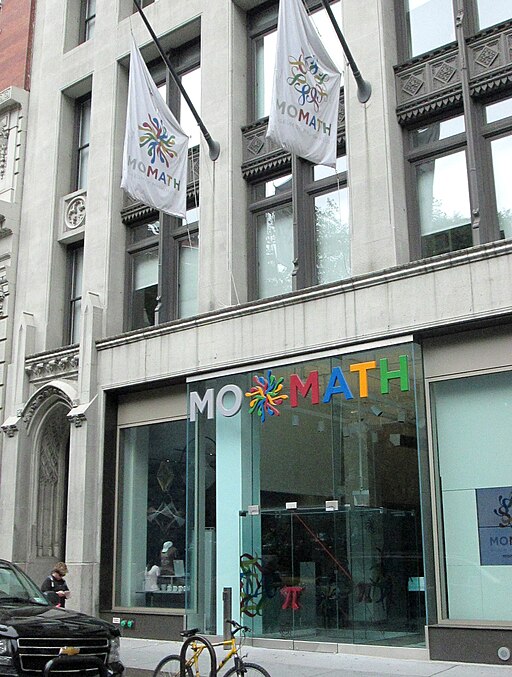
What about computers? What was your first experience with one?
A high school math teacher, Dr. Flick, had a computer lab with a Commodore PET with a MOS 6502 chip. I learned some 6502 assembly language — for example, the load accumulator instruction — but mostly programmed in BASIC. Every day after school, a group of us would go to the lab and write programs. As a math geek, of course, I had a TI calculator and liked to mess around with it. The biggest factorial the calculator could handle was 69! So, I wrote a program on the PET that could handle a 100 factorial and would print out all the digits. That was fun.
You went to Princeton. What was your experience there?
At Princeton, I studied with Bill Thurston, who won the Fields Medal in 1982. I did my senior thesis on knot theory in the algebraic topology area — basically, how strings twist around and form knots. John Conway is one of the guys who was famous in algebraic topology. He was also at Princeton then. I wrote my thesis about Conway polynomials, which, when you look at a knot projected into 2D, help to describe and understand how knotty it is. Conway graded my thesis. As part of my thesis, I wrote a computer program to model and rotate knots in 3D, which was like writing a CAD program. That’s kind of what got me interested in the CAD world.
What is one thing you learned at Princeton that has stuck with you?
Obviously, there are a lot of famous people who run through Princeton and become famous, though they aren’t while they are studying there. I tell my kids that when I was at Princeton, Jeff Bezos wasn’t “Jeff Bezos.” He was just someone who passed through campus a few years before I did.
I remember a math professor talking about Isaac Newton’s discovery of how binomial expansion with a fractional exponent causes the series to go infinite, which was the precursor to his discovery of calculus. My professor said to me, “Newton wasn’t afraid. He just kept going.” That always stuck with me, and one of the things I took away from those years was just watching for those people who are not afraid and don’t put a ceiling on themselves.
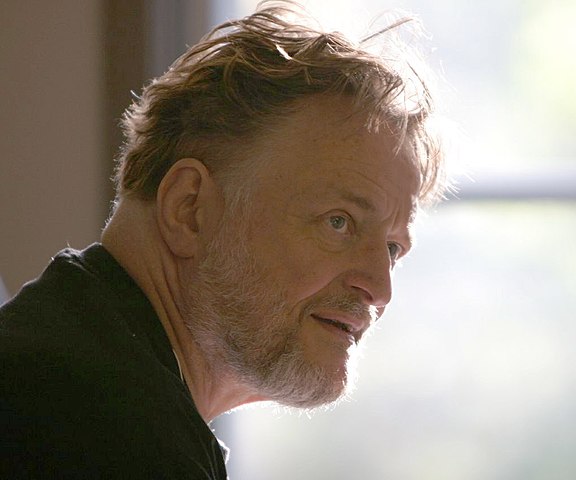
Can you touch on your journey after college? How did you make your way to Siemens, and how has the company changed since you started?
I had a connection at General Electric who was talking about the work there designing jet engines and doing CAD. I wound up there working in a group that supported CAD tools. One of the significant focus areas, ultimately related to engine efficiency, was modeling how hot the engine would run. The hotter the better. You want to run it above the blades’ melting point. To achieve this, the engineers would drill various holes and bring air from the middle of the engine past the turbine blade and then out the back. It was a complicated shape, and our CAD program needed help to model the shapes required to address this issue. I got involved with GE’s acquisition of the Calma Company — the product was Calma DDM — to extend CAD capabilities. I even added some NURBS capabilities for surface modeling into Calma DDM. Eventually, I realized that maybe I should work at a CAD company. In 1992, I made my journey to California to UGS, which Siemens acquired in 2007; Siemens NX traces back to UGS. Counting those UGS days, my Siemens lineage goes back 31 years.
Since I started, Siemens has gotten a lot bigger in every way, including the scale and capabilities of our technologies. Then, of course, there’s what happened in technology in general. There was a Scientific American book that I used to love called “Powers of Ten.” To turn a page was to zoom out by another power of ten — one page, the Earth; the next, a solar system; next, a galaxy. I think about this book whenever I consider Moore’s Law, which has governed so much in the computing world in my career. Moore’s Law says there’s a doubling of computing power, or specifically, the number of transistors on a chip, roughly every 18-24 months, with minimal increase in cost. That’s turning a page in “Powers of Ten” every five years. In 30 years, my Siemens career turns six pages, six powers of ten, or a million times. The computers I’m working on are a million times more powerful than when I got into all this. Everything else has grown, too — the amount of data we generate and process and the size and complexity of the teams that build and maintain our software. Our core value in software has proven very durable in what we do, and the problems that we’re solving are a lot more exciting.
What is one problem that we are solving that you are most excited about?
We’re helping our customers build products that integrate mechanical, electrical, and software domains now with AI in a way that has never been done before. Engineering specialization starts early in the educational pipeline, so our work creating tools that bridge these domains and allow technologists in different disciplines to collaborate meaningfully is very exciting to me.
What is your definition of a digital thread? Is there a particular digital thread example you like to use?
The digital thread enables that collaboration I just described. It’s about connecting the dots. A particular example that I like to use is to consider a connector on my cell phone. It started its life as a symbol on a circuit diagram and continued its life as a pad stack and footprint on a layout diagram. Next came an interaction with a mechanical packaging engineer, incorporation into a bill of material, interactions with purchasing, and so forth. That’s quite a journey for a relatively prosaic piece of technology.
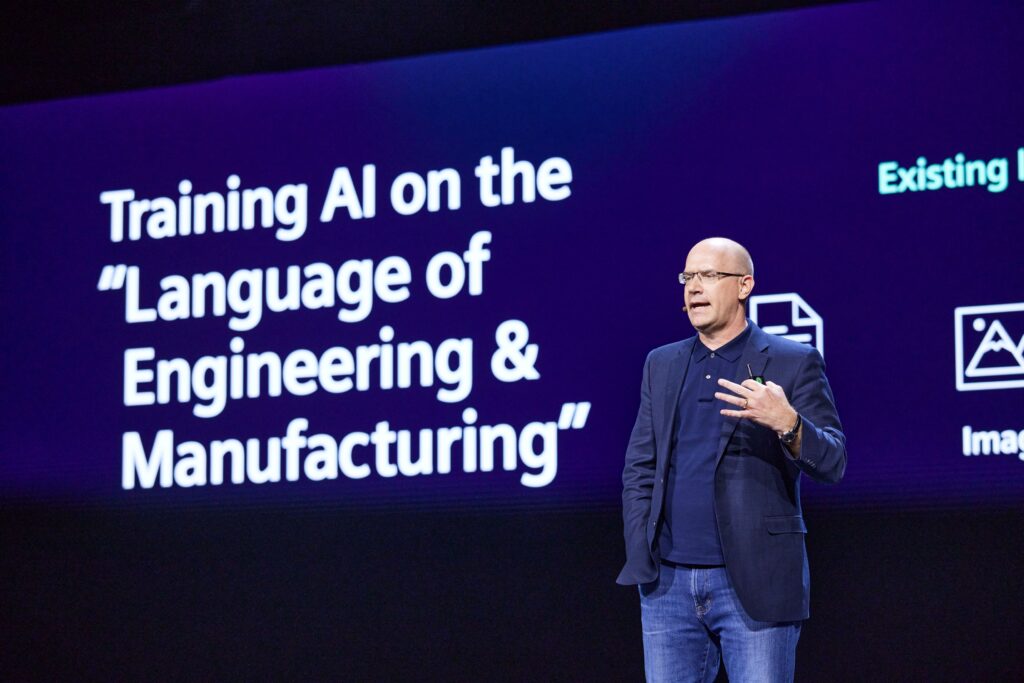
How will AI affect the portfolio of products you look after, and how do you personally use AI?
We should all be amazed at how much we already use AI and don’t even know it. AI is starting to drive everything — for example, when we’re on Amazon, and it’s recommending a book, when we’re on Netflix, and it’s recommending a movie, or when our kids are watching TikTok, and we wish they weren’t. I find myself searching less and less and chatting more, a behavior I feel is becoming the norm. Chat is an immediate win that will help us, but I think generative AI will transform industrial and technical software. AI will enable engineers to create things faster, solve complex problems with efficiency, and even create new opportunities for generalists. We’re already allowing customers to have chat-based conversations with their Xcelerator data in a way that allows them complete control of their IP. We’re supporting and certifying the largest and most popular LLMs — GPT, Llama and Claude — and since Xcelerator is an open platform, customers can plug in any LLM they like.
The world has plenty of tumult, and technology is implicated in some of the disruption. But there are lots of reasons for optimism, too. You unquestionably come across as optimistic. What gives you the most reason to be optimistic about technology?
I’m super optimistic about those powers of ten that I was talking about. This relentless improvement in our fundamental infrastructure allows us to solve problems we couldn’t envision before. I can model an aircraft carrier in detail on my laptop screen, a scenario I never imagined 30 years ago. And the trajectory we’re on is soon to be able to zoom in and show every detail of its operation. That’s where we’re headed. This continuation of Moore’s Law and the accompanying explosive growth in technical capability allows us to tackle problems we can’t even dream of today. As for optimism in general, I like the quote that often circulates attributed to Martin Luther King, Jr. — “The arc of the moral universe is long, but it bends towards justice.” I’m a fan of the author Robert Caro, and I’ve heard him use that line, too.
Quick takes
Is there anything about you that might surprise colleagues?
I have been skydiving and like to watch old reruns of “Everybody Loves Raymond.”
Book recommendations?
“The Power Broker” by Robert Caro or “QED” by Richard Feynman
Favorite food?
Chocolate
Best part about living in Southern California?
It is sunny every day.
What is your wellness/fitness routine?
To destress, I like to ride my bike and lift weights on the weekends.
